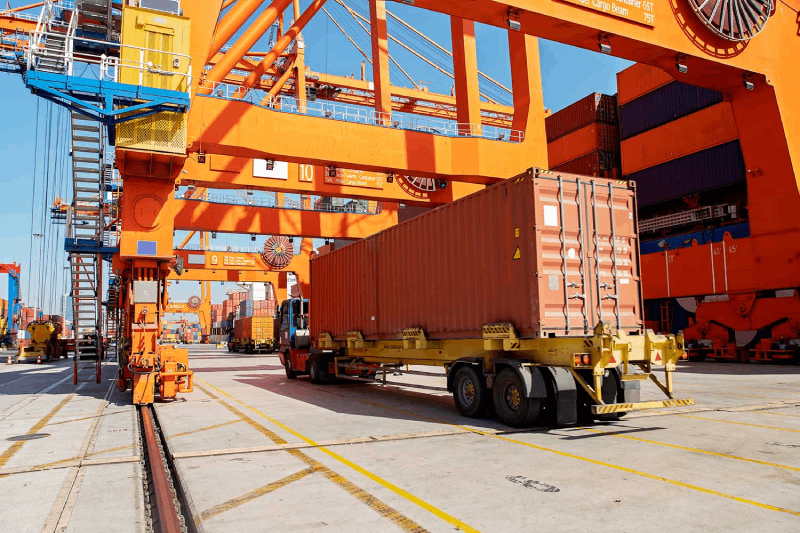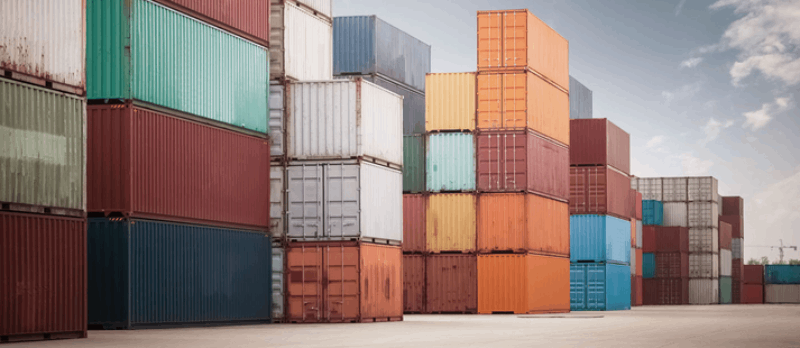Welcome to GLA! Leading the global logistics alliance.


Your location:Home > News > Freight rates fell and shipping companies adjusted their voyages. Container freight rate is expected to decline in the second half of the year
Time:2022-06-22 Publisher:Kevin Num:2320

Recently, some American media said that the import demand of the United States was declining sharply, which caused quite a stir in the industry.
(Relevant reading: U.S. import demand will fully. is this a sign that the market is slowing down?)
The transport capacity base of European routes is large, and some liner companies have to take the initiative to reduce freight rates to strengthen cargo solicitation. This led to a drop in spot market booking prices.
According to the latest data of deluxe, there are about 759 scheduled voyages in the main routes such as trans Pacific, trans Atlantic, Asia northern Europe and Asia mediterranean.
Among them, 67 voyages will be canceled, and the three major shipping alliances in the world have canceled 48 voyages in total.
The most canceled voyages were 23 voyages of 2m alliance; The alliance has reached 19 voyages.
At least 6 voyages will be cancelled by the ocean alliance; Among them, 73% of air traffic takes place on the trans Pacific eastbound route, mainly to the west coast of the United States.
Container freight rate may drop in the second half of the year
According to the latest report of s&p global market intelligence, container freight is expected to drop by 20-30% in the second half of this year.
At the same time, due to the slowdown of trade growth caused by high inflation, local consumption patterns and the supply side pressure of new shipbuilding, the dry bulk freight has also experienced a similar decline.
Analysts at the intelligence firm said container freight rates could fall to an average of $6000-7000 per 40 foot equivalent unit (FEU).
This will give relief to traders and consumers who are caught up in high inflation due to high freight and fuel costs.

The report said that with the relaxation of epidemic restrictions, the current rate per feu container fell.
The reduction of port congestion in Chinese ports is the main downside risk in the second half of the year, especially after the peak season in the third quarter.
Although the Baltic dry bulk index rose at the beginning of the third quarter of 2022 due to the demand for replenishing inventory in Europe before the Russian coal import ban, the seasonal rebound in shipments and the strengthening of commodity prices.
The report predicts that the dry bulk cargo revenue in the second quarter will decrease by 20-30% year-on-year to 2500-3000 points.
Analysts predict that, compared with the 9.3% growth in 2021, the freight volume in 2022 will decline by 1.2% year-on-year, while the U.S. container import will increase by a small 1.3% this year.
It will increase by about 3% in 2023 and 2024, although the growth rate is far lower than the 13.0% growth rate in 2021.
Analysts expect that the container industry will face a lot of new shipbuilding investment and supply side pressure to reduce congestion.
The container fleet should grow rapidly because favorable freight rates will encourage shippers to deliver early.
They predict that the annual growth rate of the container fleet will be 5.1% in 2022, 8.9% in 2023, 9.1% in 2024 and 4.2% in 2021.
Prev:The strike wave swept Europe, and the container yard in Rotterdam port was full.Next:Welcome! Membership Renewal from UNITED STATES ———— American Shipping & Logistics Inc
Recommended Membership
Latest News